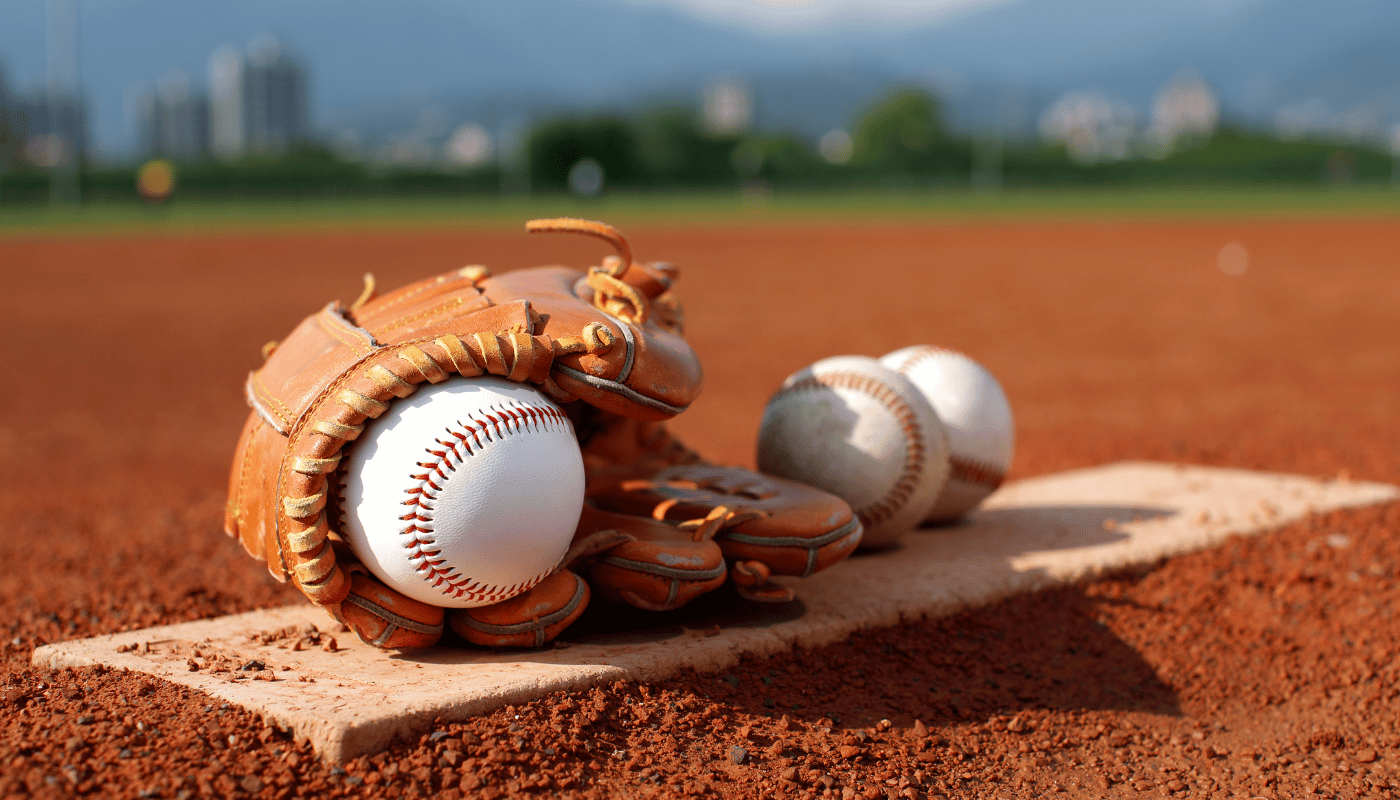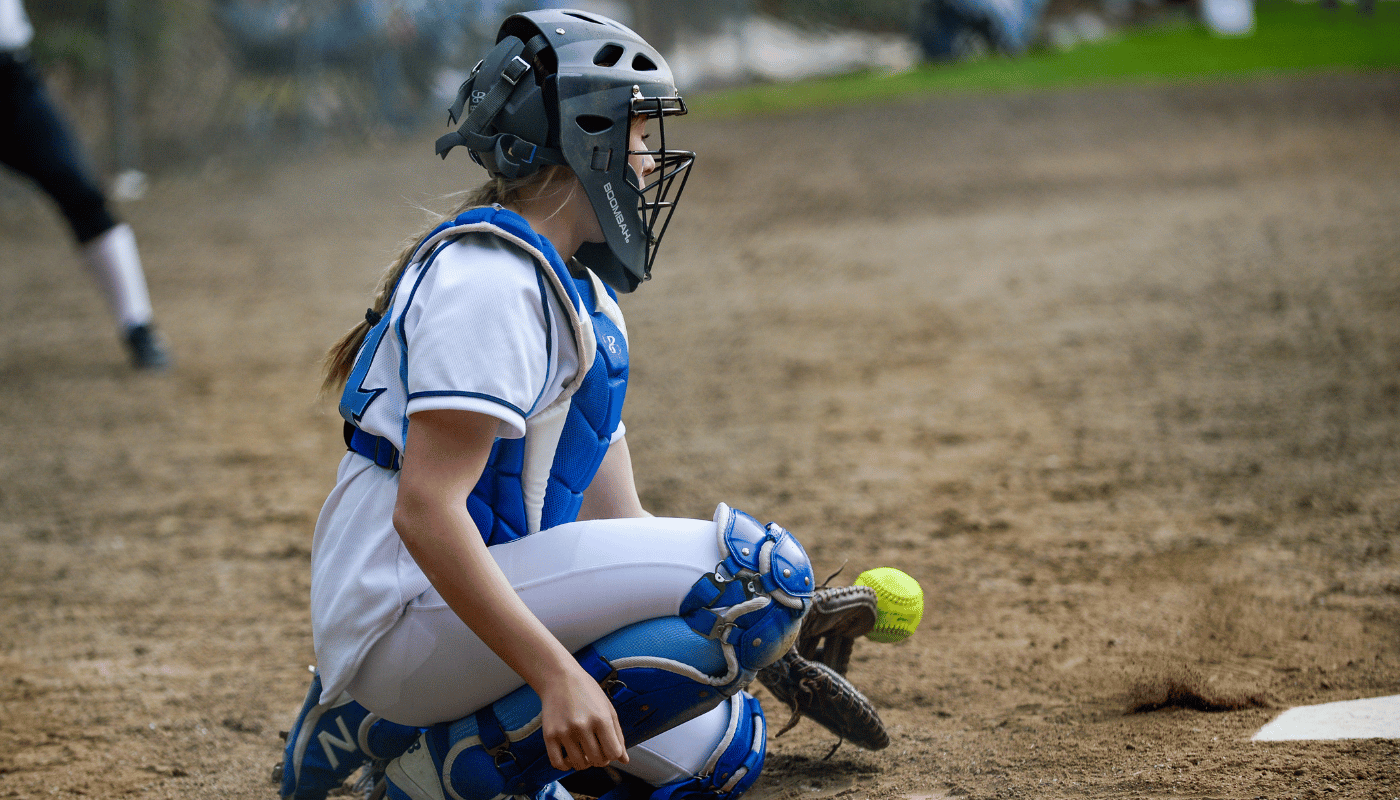It’s no secret that MLB has gone through many alterations of the baseball over the past 5 seasons.
There have been incredible articles on the matter. In 2017, Ben Lindburgh of The Ringer, in collaboration with Mitchell Litchman, studied game used balls from as far back as 2015, finding that, among other things, the seams were lower and the ball circumferences were slightly smaller. Rob Arthur and Tim Dix of FiveThirtyEight x-rayed some baseballs early in 2018 and put together some fascinating findings.
Yet, after all these changes, the evolution of the sport’s ball was still not complete.
With the 2019 season came another new baseball. In late June, Dr. Meredith Wills took a look at the 2019 baseball. Dr. Wills found that a few things seemed (no pun intended) to be true about the ball used last season:
- The seams were lower
- The leather was smoother
- The ball was rounder
These points all contributed one big difference with the baseball and the way it was behaving; the baseball had a significantly lower drag coefficient than in years past.
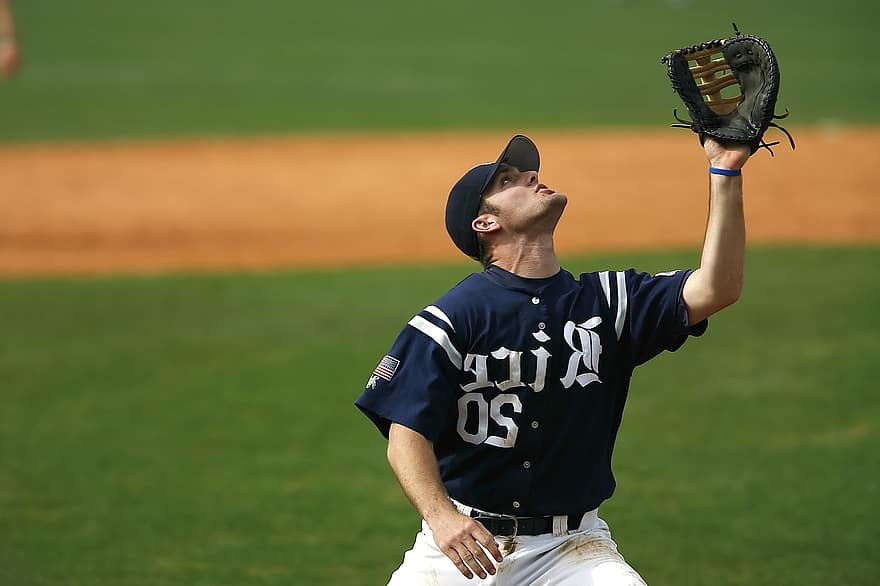
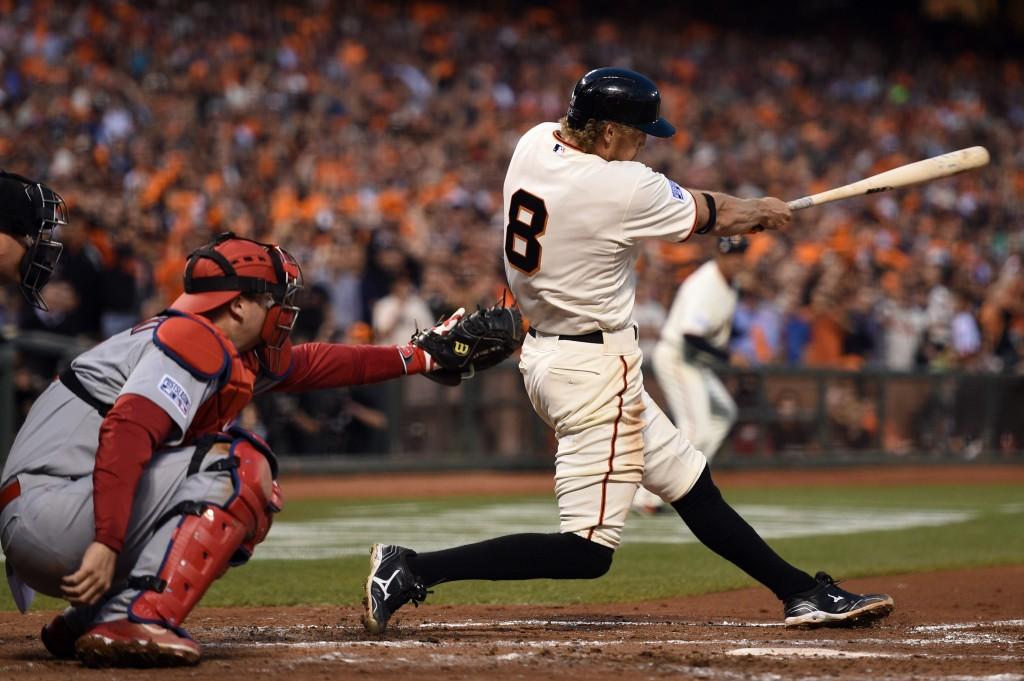
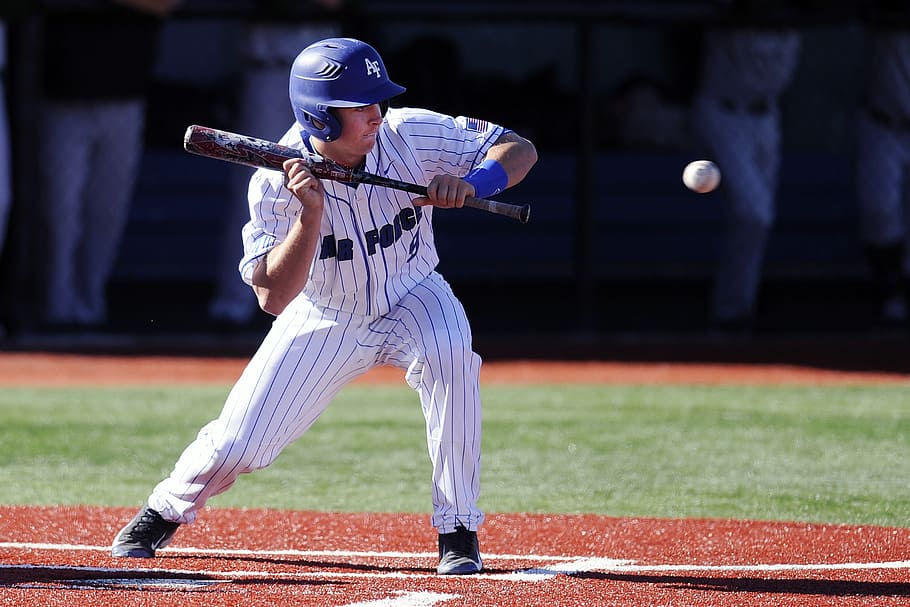
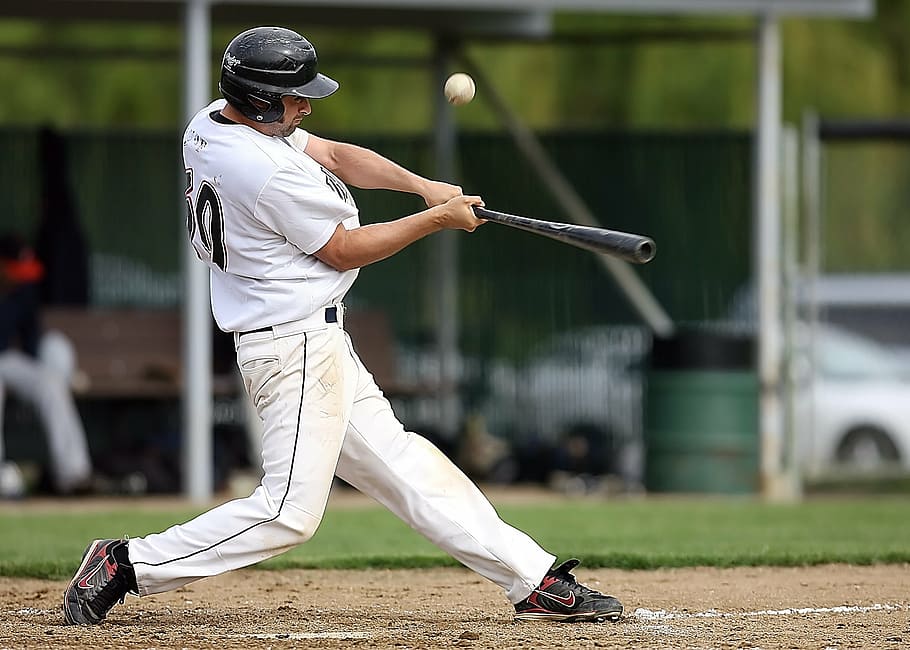
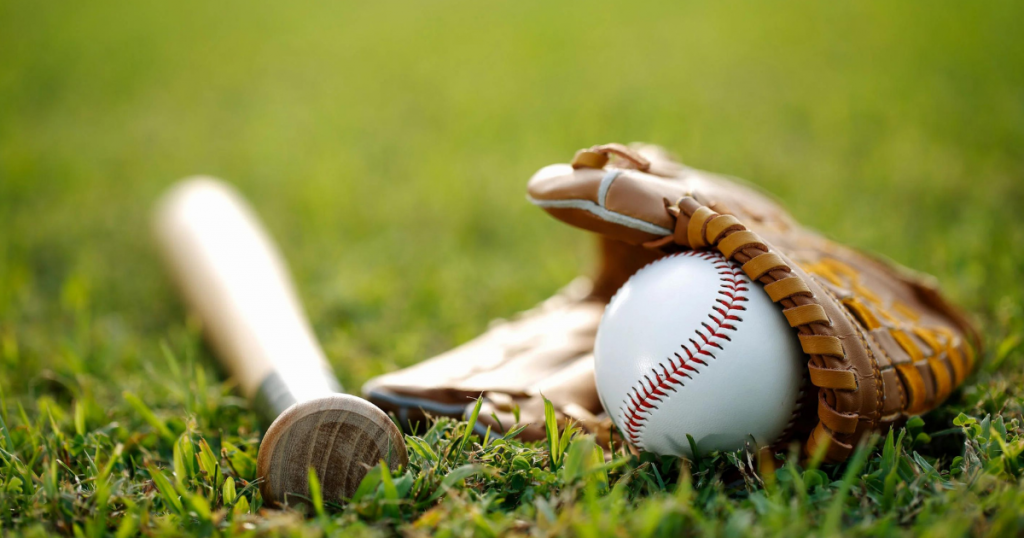
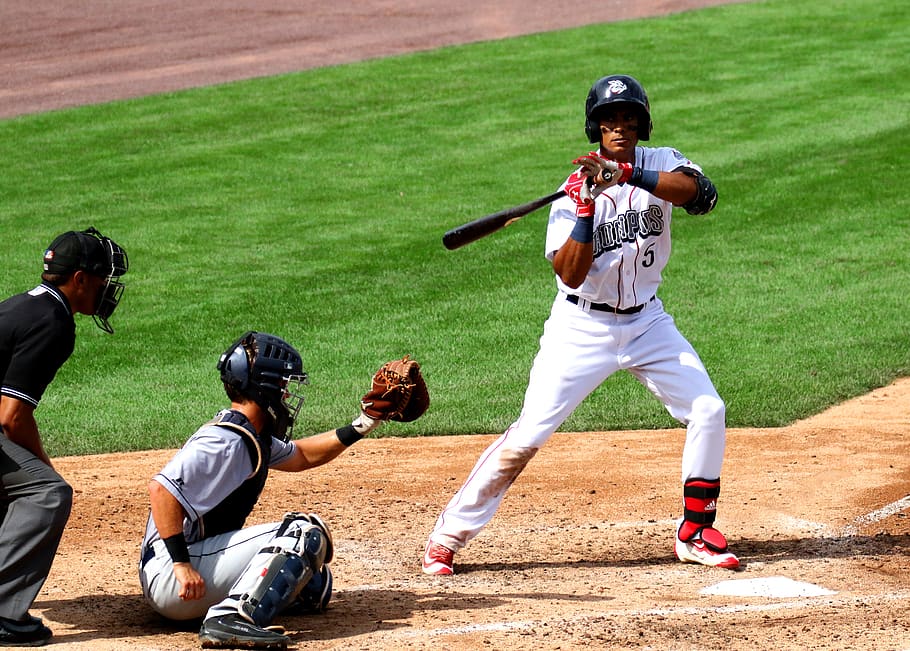
What this means is that all batted balls faced less opposing forces as they flew, which in turn allowed them to fly further. The scientific work of these people can not be understated, so we encourage everyone to read all that has been linked here and beyond.
Last week, following a small little conversation revolving around 2019 breakout Ketel Marte, Ray Butler, founder of Prospects 365, reached out and asked, “Has anyone done an article on the players who would likely be most affected if the ball is de-juiced in 2020?”
We looked and looked and surprisingly couldn’t find much. Given how much the topic has been discussed in the offseason and how many players have been hypothesized to have benefited from the change to the ball, it was quite interesting that we couldn’t find… anything. So we decided to tackle the question together, with Ray brainstorming and spitting thoughts and ideas while I ran some numbers and charts to see what we could dig up. Here’s what we found.
WHICH BATTED BALL TYPES WERE MOST AFFECTED?
We know the reason behind the ball flying a little extra distance last season was largely drag related, which for our purposes means some balls, such as ground balls, would have been essentially unaffected. Less intuitively, balls hit at extreme exit velocities are also likely to be unaffected too much because in both cases, a ball hit extremely hard is going to fly far enough to be a hit with both balls. Let’s start by looking at estimated hit distances for all balls hit in the air between 80 mph and 95 mph for both 2018 and 2019:
Let’s see two examples, both videos courtesy of Baseball Savant.
HERE is a 100.6 mph fly ball hit at 24.8 degrees from 2018. Statcast gives us an estimated distance of 376 feet. Solid hit by Castellanos and a solid play by Leury Garcia in CF.
HERE is a 100.6 mph fly ball hit at 24.5 degrees from 2019. For this hit, which was nearly identical in terms of EV and LA, Statcast estimates 392 feet. Although we’re talking about different parks, center fielders, and positioning, the difference in distance between two very similar BEE is still quite noticeable.
WHICH HITTERS WERE MOST AFFECTED?
From here, it becomes pretty straightforward – the biggest beneficiaries of the dragless ball should be the players who found themselves hitting into these regions of 95-105 mph exit velocities most frequently last season. We’re going to call all of these batted ball types “Benefit Balls” for the sake of ease. Here are those leaders from 2019 (min. 50 BBE):

